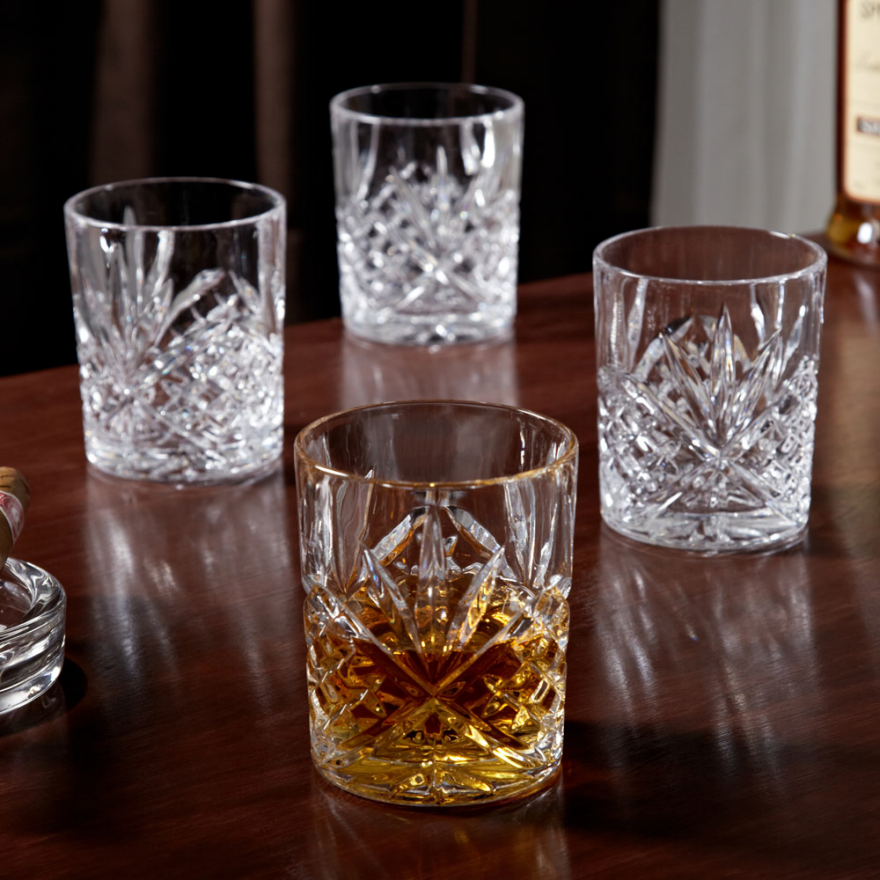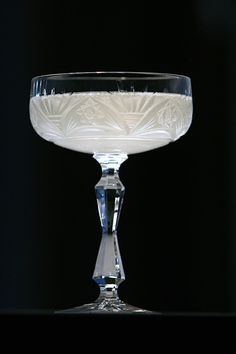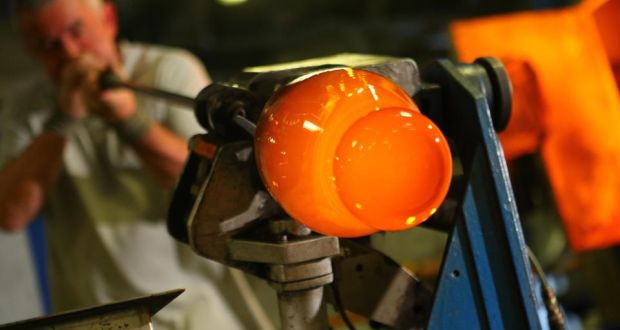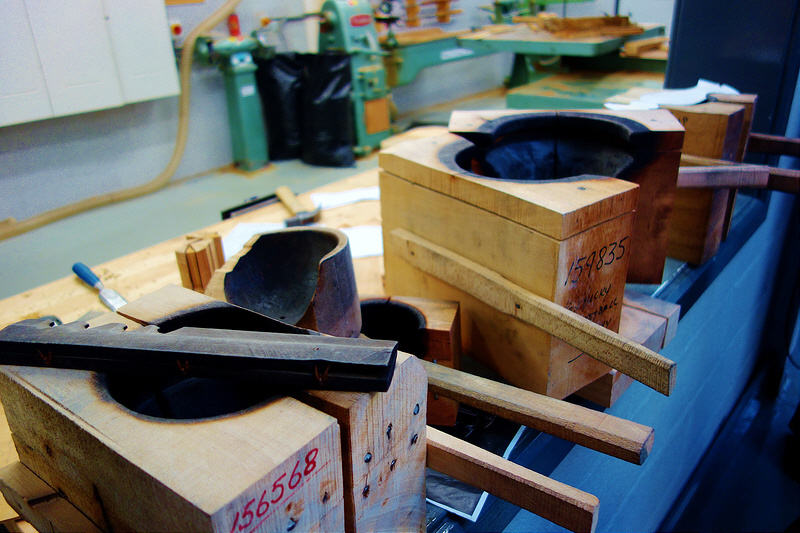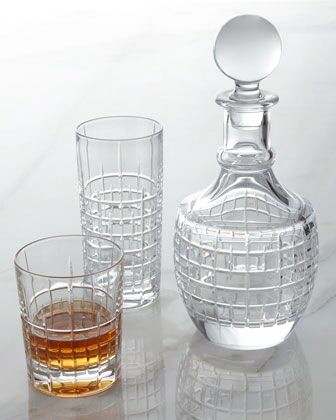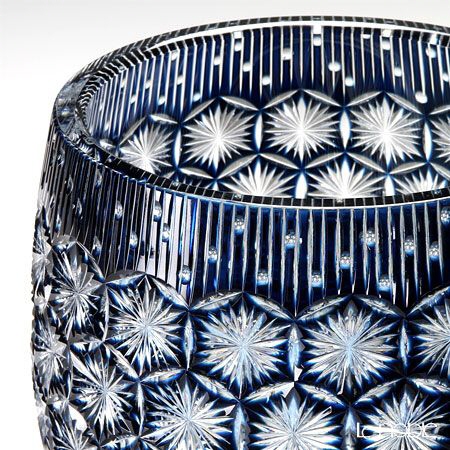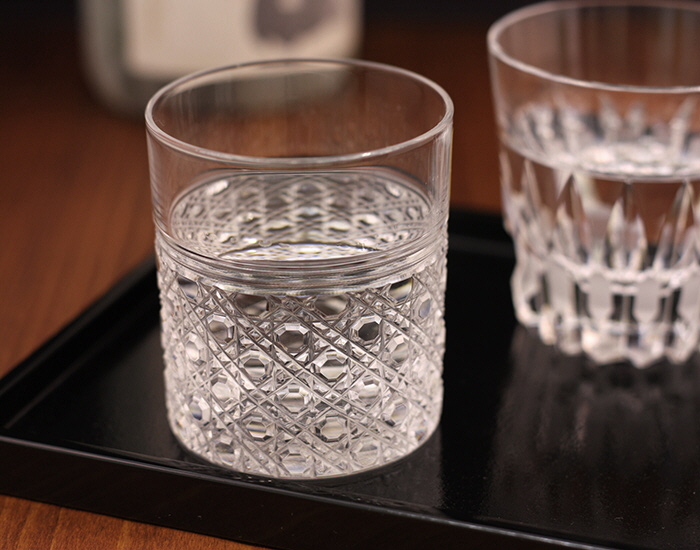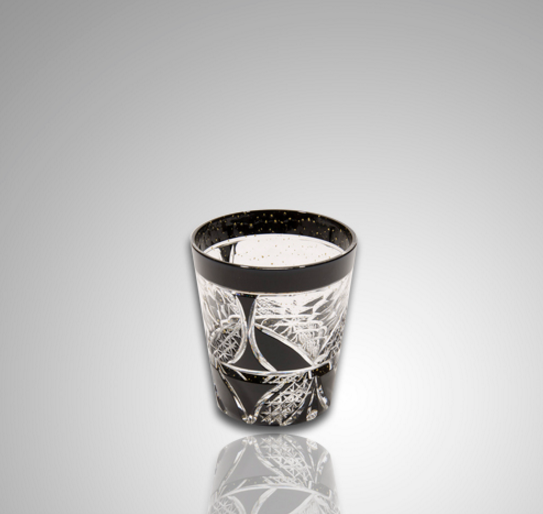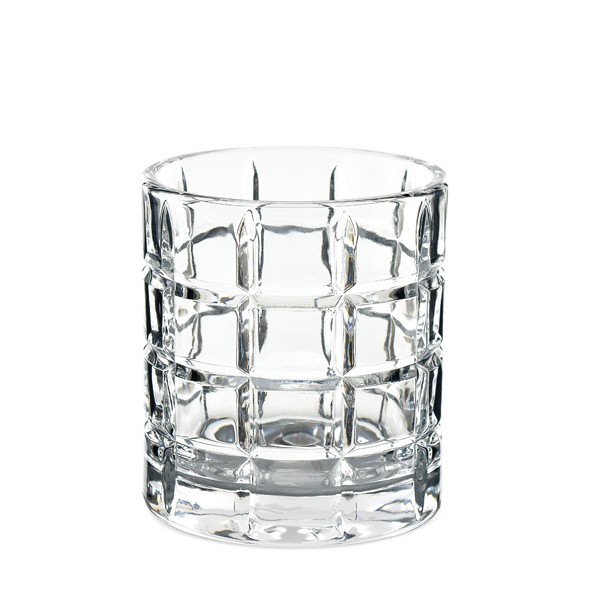This is the latest installment of our Core77 Questionnaire. Previously, we talked to Keetra Dean Dixon.
Name:Lidewij Edelkoort
Occupation: My main profession is forecasting the future, and from that vantage I do everything else. When I curate an exhibition, it's like a 3D trend forecast. When I work with students, I think about their future and how I should educate them accordingly. When I write, I write with a historic perspective but always about what will be the implementations in the future.
I'm also an educator. I was first head of a department then became chairwoman of the Design Academy in Eindhoven for ten years. I recently helped to establish a design school in Poland called School of Form, and now am working at The New School/Parsons as Dean of Hybrid Design Studies. I'm a publisher, a writer, an art director, and a curator, but again, all these functions relate back to my main interest.
Location: I live between New York and Paris, and from those two cities I travel the world.
Current projects: Organizing New York Textile Month, which opened the 1st of September. It's an open agenda in which many cultural institutions such as museums, retailers, ateliers, workshops, weaving centers, textile art centers, and so on, are participating. Every day there is something happening with textiles, and some days there are several events. The main purpose is to make the public aware of the importance of textiles—the variety, the many purposes, and the design component which is often not acknowledged. The idea is that it will recur every year, like Fashion Week.
People speak of fashion and design, but the people who design textiles are working long before the other creators. They have immense radars for the future, and know where to go with color, fiber, content, and how to contextualize our designs. It's a highly underrated part of our society.
![]() Tiffany Huang, Parsons. Part of Talent! an exhibition showcasing work from 8 design schools from Europe and the United States.
Tiffany Huang, Parsons. Part of Talent! an exhibition showcasing work from 8 design schools from Europe and the United States.A big part of my business is to make books and to conceptualize trends—I just finished my trend book for Summer 2017 which is called Transformation. We're preparing a few exhibitions for this Fall and Spring '17. I've also been working on courses for the New School in New York. One of these courses is a hybrid study for first-year students. Every Monday they'll have a new member of faculty, and they'll be learning something different in a workshop environment. They'll study ten weeks on the body—What is the body? How does the body move? How does the body sing? How do I feed the body? How do I clothe the body? How does the body relate to time, space, objects?—ten weeks on space, and ten weeks on time. It's a curated program amongst the top of the faculty of Parsons in the New School. It's a very exciting new program, which will launch in fall 2017.
We're also working towards new courses in textiles, because textiles is somewhat of an endangered species. It's a strange moment where it's both in decline, and there's new matter coming to the fore in hi-tech. We need to capture this moment with a hybrid approach, try to embed the hi-tech in slow craft, both major trends, and let them lift each other; bridge Silicon Valley and Hudson Valley.
![]() Fashion designer Maria Cornejo for Knoll
Fashion designer Maria Cornejo for Knoll Mission: To share knowledge, insight, sentiments and feelings on what might happen in the future. Recently my work has become more political. I've written a manifesto called Anti_Fashion, which has been widely published and read. I'm becoming a researcher and a spokesperson for new ways of creating, new ways of distribution, new ways of a new economy that considers humans and the planet in new ways.
The only way to curb this trend towards disaster is to reinvent virtually everything—education, distribution, the amount of things we make, consumption. There's enough data to show that we can do things in a different way, and that it is also financially possible. So that's my mission of the day.
When did you decide that you wanted to be a designer? First, I am not a designer but a forecaster! During my education at ArtEZ I discovered this skill. I would design or draw things, and they would be on the runway half a year, a year later. We would go to Paris to see the Saint Laurent show, and I would be dressed in the coat which was on the runway—things like that. The faculty and myself, we started to understand that it was really a talent, and so they started to educate me in that direction. Nobody really knew what that was at that time, until one day we had a lecture about styling offices, they existed in Paris, and it was then that I understood my role in life.
Education: I studied fashion and fashion design and illustration at ArtEZ Academy in Arnhem.
![]() From Scraps: Fashion, Textiles and Creative Reuse at the Cooper Hewitt Smithsonian Design Museum.
From Scraps: Fashion, Textiles and Creative Reuse at the Cooper Hewitt Smithsonian Design Museum.First design job: Out of the academy, I went to work for a department store in the Netherlands. The Bloomingdale's of that period, so to speak. That was a very good school. In such an institution, you really learn the impact of choices and you really learn how something works from within. I still go back to some of that knowledge today. I was responsible for trends, for accessories and junior style and fashion . We had a lot of fun and we discovered very young, talented people. I gently forced them to buy Thierry Mugler and Claude Montana's first collections. It was that very heady period.
What was your big break? My life has been a series of breaks—I have breaks constantly. After every three or four years there seems to be another opening. Something happens and that brings me further—then another thing brings me on a side path—then something else. It's a constant discovery of new enterprises. For a while I had a salon, a kind of art gallery; I founded Heartwear, which is a non-profit that makes clothes and textiles in Africa; I started teaching; got to know design and became a curator. I bought a house; I moved. When I was twenty five, I went to Paris. When I was sixty five, I went to New York. It really never stops.
![]() From Li Edelkoort's studio space in Paris. Photo by Thomas Straub.
From Li Edelkoort's studio space in Paris. Photo by Thomas Straub.Describe your workspace: I have several spaces where I work. They're mostly wood: wooden floors, wooden tables, contemporary lamps. Lighting is important. Then there's a lot of mess. Colors, textiles, photos, objects, materials, depending on the project I'm working on. Although I'm a double Virgo, I am a bit messy. Then the next day it's done, I clean up and I start again. But it's more like a home. Even my office in Paris, which is a big studio space, is filled with beautiful objects and carpets. It's not at all like an office.
What is your most important tool? My intuition. I recently wrote an article for the Van Alen Institute in New York, about instinct and intuition in design and architecture. While I was writing, I understood that my intuition is actually not even mine, that people's intuition is possibly an invisible link they have with the universe. We all share this holistic knowledge, and we all can tap into it, it's not exclusive.
The finding of these ideas is a non-creative process; creativity starts with the way that you shape these ideas. I've learned to listen to my intuition so strongly that it's performing almost by itself. I can call on suggestions and answers at any moment with rare precision. Sometimes it's eerie, even for me.
We all share this holistic knowledge, and we all can tap into it, it's not exclusive.
What is the best part of your job? That it enables me to always move forward. I'm never stifled by the past. I love things from the past, but I use them to go on. I'm hopelessly curious, and that's very stimulating.
![]() Blur sofa by Marc Thorpe for Moroso.
Blur sofa by Marc Thorpe for Moroso.What is the worst part of your job? The stress. Deadlines, demands, the texts you have to write. I love writing, so I need time. The stress is the bad part, and the management—that's also not something I love. I'm happiest when I'm just doing my own work.
![]() From Li Edelkoort's Paris studio. Photo by Thomas Straub.
From Li Edelkoort's Paris studio. Photo by Thomas Straub. What time do you get up and go to bed? I get up at six-thirty or seven. Sometimes even earlier after travel. I like the early mornings, especially in New York. In New York I wake up very early, from five to nine I do emails, talk to friends, and then I start the day. When I was young, I was a night person, but I have very much morphed into a day person. As a result, nights, I go to bed rather early, between eleven and twelve. And sometimes earlier just to catch up. I'm very careful about all of that. I cannot have nights and nights of going out.
How do you procrastinate? Cooking is a major hobby. Walking, occasionally shopping—real or online—swimming in summer, and reading.
What is your favorite productivity tip or trick? I find it very healthy to do several things at the same time. If you alternate, it's like taking a holiday from the other job. When you come back you have a very open, clear vision of what needs to be done.
Concentration is very vital. Once you do something, only do that. Don't answer phones, don't make meals, just focus. As a society, we're splintering our interests and occupations, so everything becomes very long, and difficult, and mixed.
It's quite amazing how much a person can do. You think that you're working hard, and then you discover that you can work even harder. I don't think that's always good, but you can, sometimes. Yet I can be very lazy too. I have these bouts of laziness, which I also think are important.
![]() From Li Edelkoort's Paris studio. Photo by Thomas Straub.
From Li Edelkoort's Paris studio. Photo by Thomas Straub. What is the best-designed object in your home? My new cat, Zulu. She is a beautiful little leopard; a very rare race which stemmed from the leopard, but in miniature. It's crazy. I just got her, so I'm very happy.
If we're speaking about design design, it's very hard to say. Possibly a paper clip? Very ordinary things are sometimes amazingly well done.
Who is your design hero? I guess it has to be Issey Miyake because of the way he's designed his life and career path. He gave up his namesake company to start new projects. His latest brand is all about computerized origami folding used to make very abstract clothes; he's super involved with the creation of new matter. He now believes that the future will be made of paper, for instance. He's onto a new track again. Then there is his humor, and there is his lightness. He's a terrific leader—very much loved by his people.
What is the most important quality in a designer? Playfulness. Never let the job take you over, still keep on having these childish qualities of curiosity, of playing around, to keep yourself very fresh.
![]() "Growing Tree" by Elodie Blanchard Studio
"Growing Tree" by Elodie Blanchard Studio What is the most widespread misunderstanding about design or designers? Design has become a much better understood discipline over the last twenty years. Especially since the turn of the century there has been a real focus on design. There is still this misunderstanding that it could be art when it isn't, and because it's functional, it's banal. I think it still hasn't positioned itself, as a discipline, fully.
What is so interesting in design is that it is becoming much, much bigger as a field. We started with just thinking of it as modernist design, then it became also textile design, service design, narrative design, food design, the design of words. Now we have opened the discipline to so many other things. In the future I think it will also include movement and music. There will be a big melting together of all the disciplines into each. It's only getting more and more interesting.
What is exciting you in design right now? Many things. The continuation of the handmade (which I believe is going to be a permanent part of society) and the arrival of super hi-tech production processes. The robotization of making. The reinvention of mechanical making. Young designers are very interested in the process of making. They often reinvent, or invent new machines to do the work.
In the past, the machine was the enemy of the designer. The designer had to scale down projects to fit the machine; now a designer has an idea and wants the machine to fit him or her. They'll modify the machine, hijack or hack machine, completely transform it. I think three-dimensional printers which can print clay so it looks super handmade are very exciting. We live in a moment where the hand and the machine start to morph. The machine becomes almost like the prolongation of your hands, and designers are manipulating the machine themselves.
![]()

